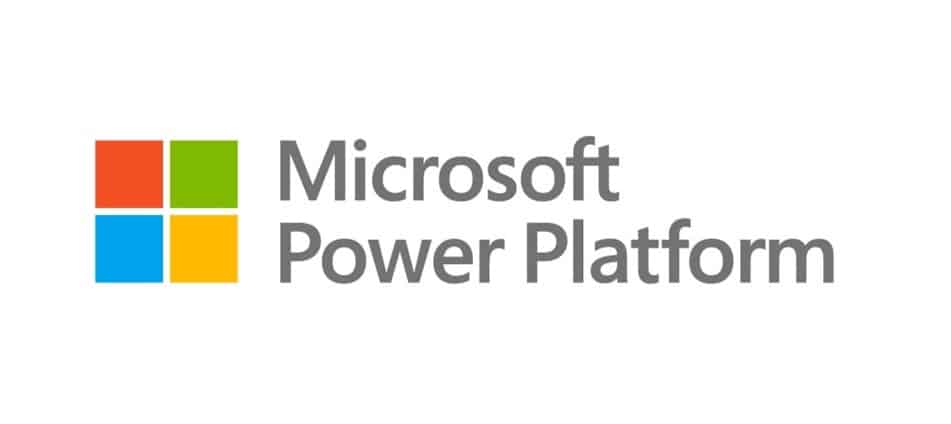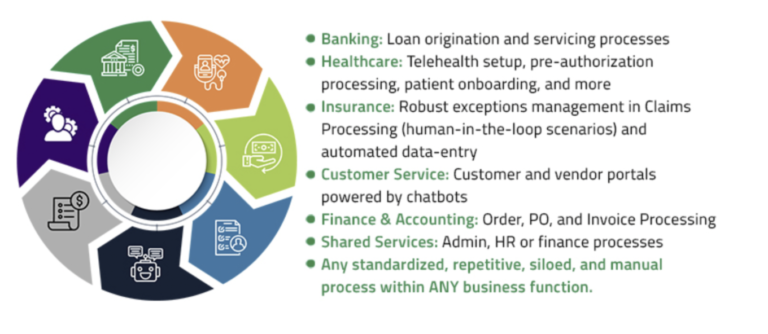
How to Leverage Microsoft Power Platform to Drive Business Results
Increased data and a rapidly changing global economy mean businesses have to act quickly to meet customer expectations.
Budgets and IT resources frequently stifle the urge to innovate. Sometimes a new project or idea does not have the requisite capacity. The Microsoft Power Platform can help with this. The Power Platform is a no-code/low-code solution that enables enterprises to construct cost-effective, data-driven solutions quickly and efficiently.
The Microsoft Power Platform is a suite of applications built on Azure that allows businesses to create end-to-end business solutions. These products enable users to evaluate, manage, and automate corporate operations by leveraging data.
Power Platform comprises of:
-
-
- Power BI: A set of tools for data analysis and visualization.
- Power Automate: A template-based application for building workflows and automating critical tasks.
- Power Apps: A no-code/low-code way to build apps.
- Power Virtual Agents: A solution for creating AI-powered chatbots to help your employees and customers.
-
The Power Platform is a layer that sits on top of numerous data sources and lets anyone with any technical knowledge work with it. Non-developers (citizen developers) can use the no-code/low-code method to build apps, establish workflows, and use AI to solve problems.
Teams don’t have to wait for IT to take on a new initiative like digitizing paper-based operations.
They may use the Power Platform to replace existing systems, develop a Power BI dashboard, and automate project processes in hours.
This helps firms experiment with new ideas and optimize quickly while also gaining a better understanding of their data. Azure, Dynamics 365, and the Common Data Service are just a few data sources connected to the Power Platform (CDS).
The Power Platform relies heavily on the CDS, a uniform data protocol that allows applications and services to communicate with one another. Without the need for complicated coding, the CDS enables businesses to deal with data from Microsoft and non-Microsoft sources in a secure and scalable manner.
The processes Microsoft Power Platform can automate cover multiple and varying industries, including:

For more details on the Power Platform, including use cases and business value, check out this video session from Microsoft Ignite 2020:
https://www.youtube.com/watch?v=rkYPg8ZomKQ
In the advent of such powerful automation tools, IT departments have have found it increasingly frustrating and time-consuming to develop coherent strategies on their organization’s data governance and management.
While low-code solutions like the Power Platform have empowered non-technical staff to become citizen developers for their organization. However, it also presents a unique challenge for IT managers that don’t have the resources to develop effective policies on how non-technical staff can manage, manipulate and use the data that these tools work with.
In conjunction with our partners at Microsoft, SALIX has been at the forefront of helping businesses like yours develop the required governance practices, training methods and techniques to help firms implement low-code solutions easily and effectively.
Contact us today to learn how we can help your organization’s best people do what they’re best at more often.







